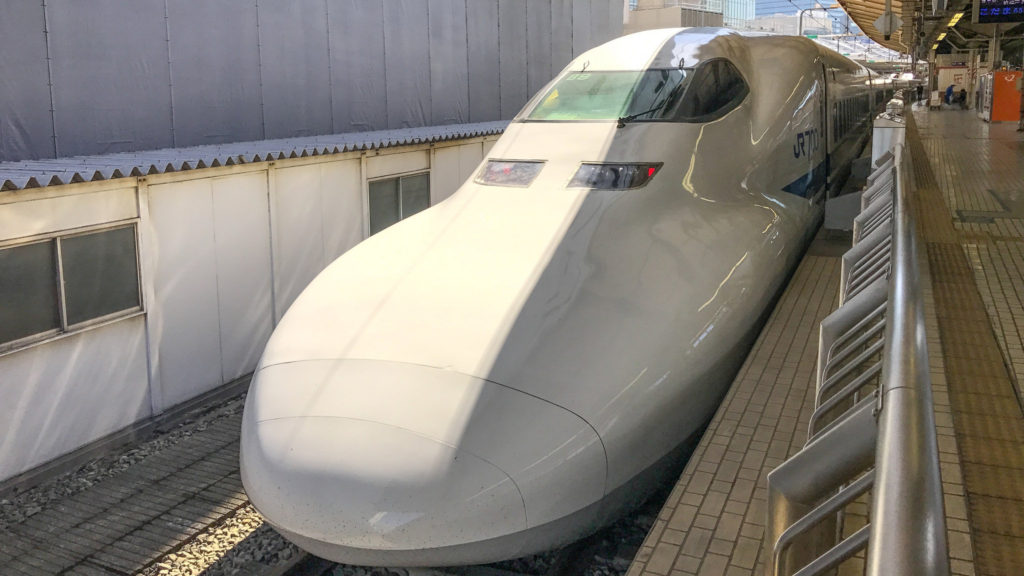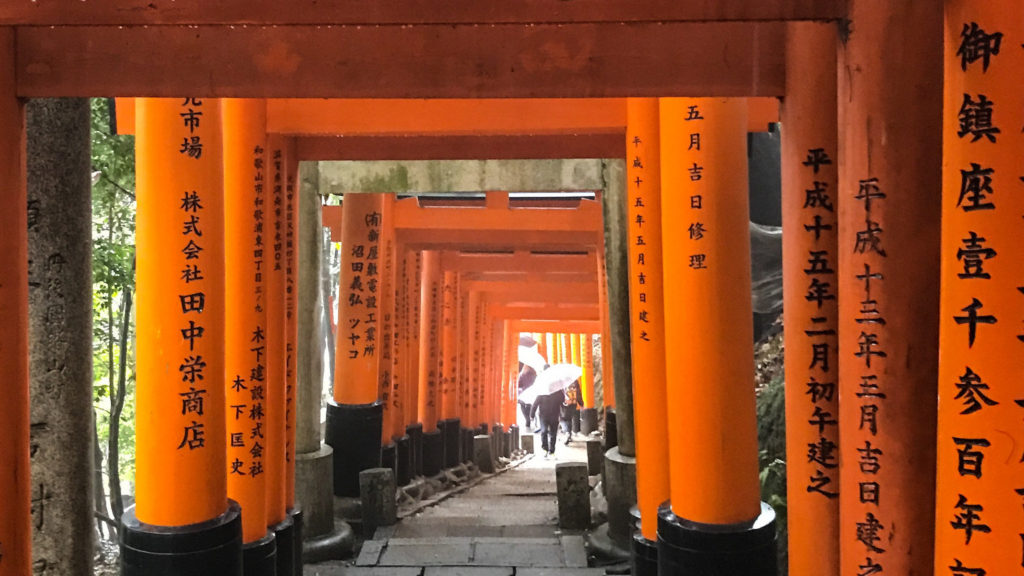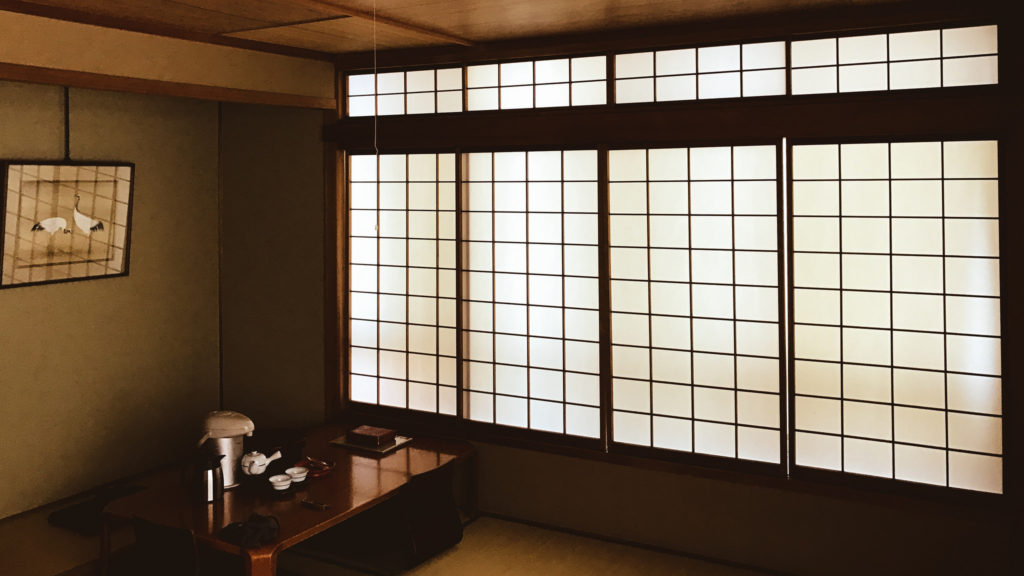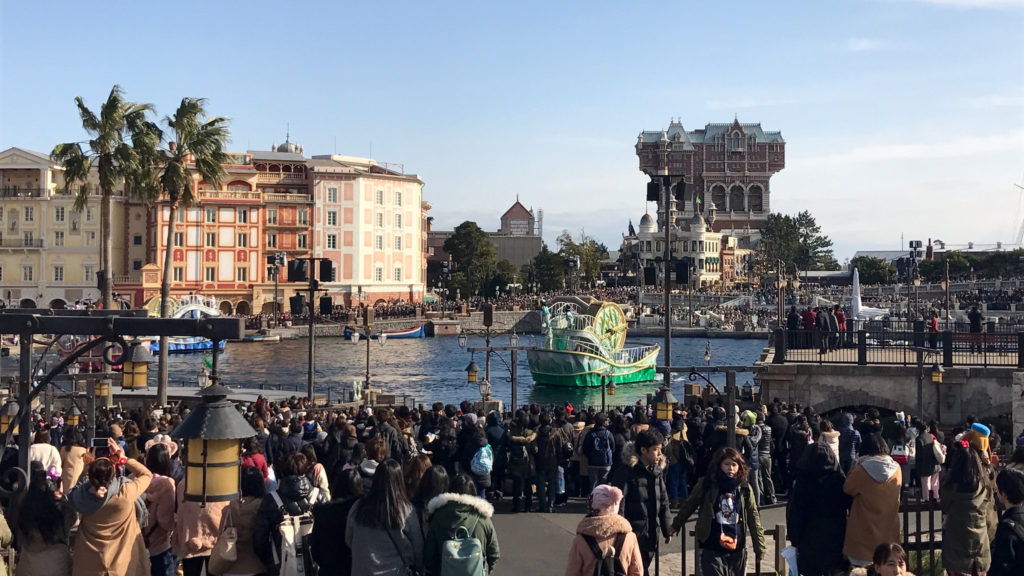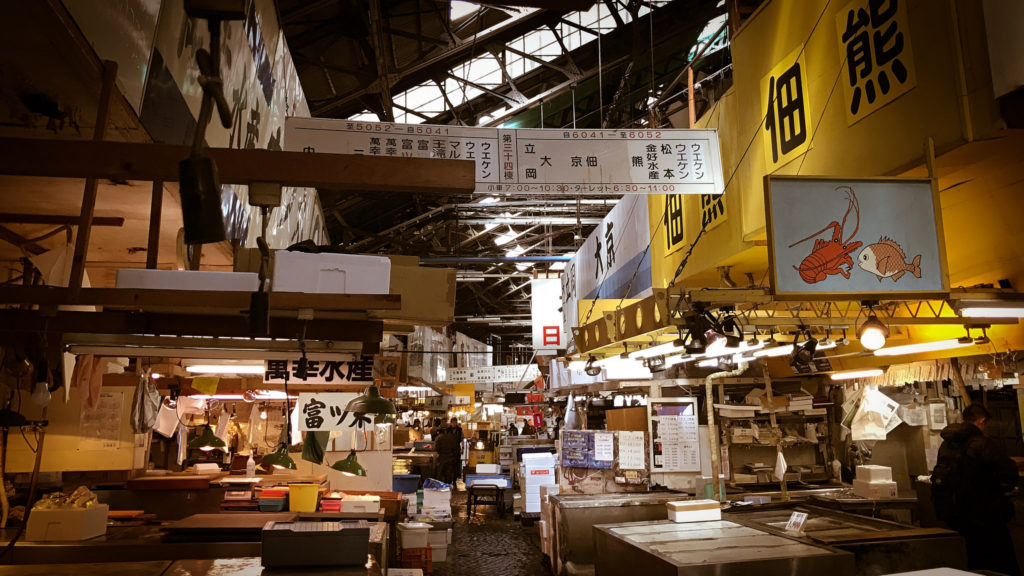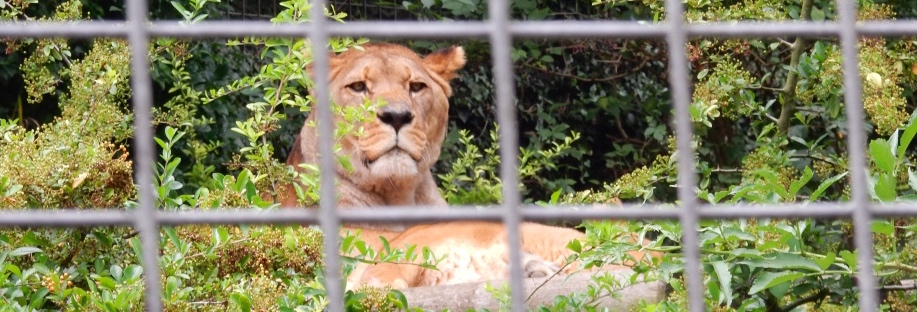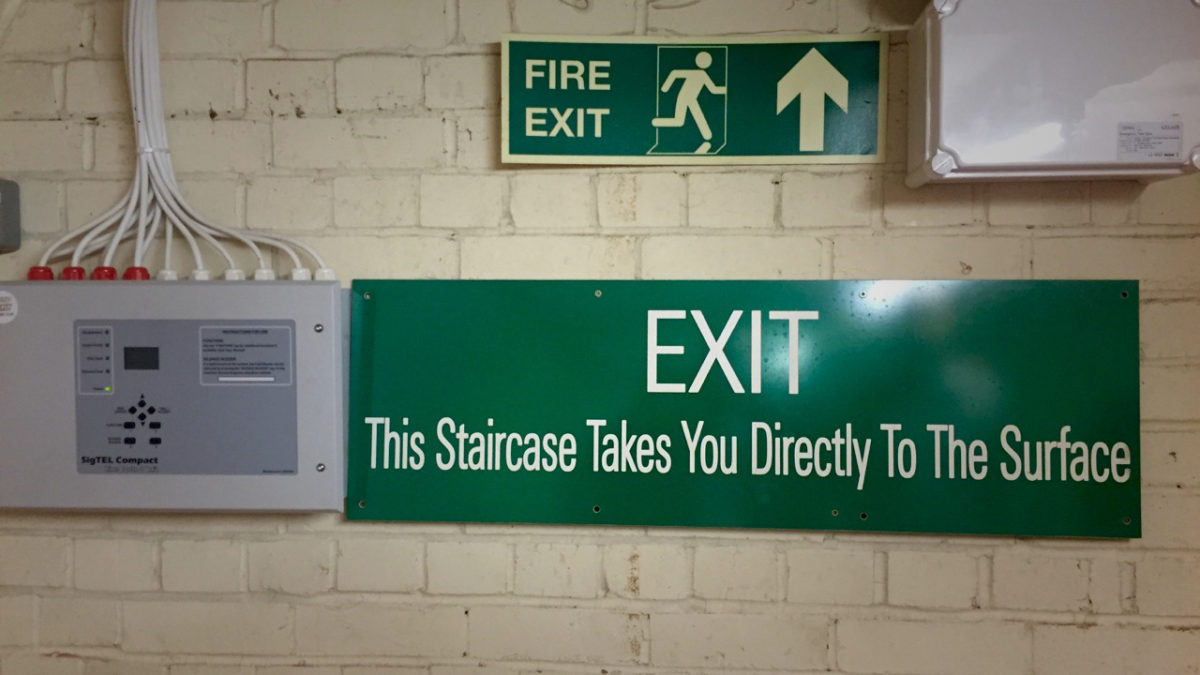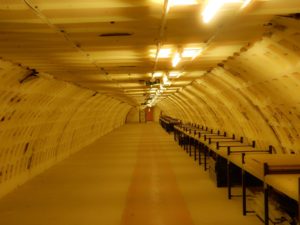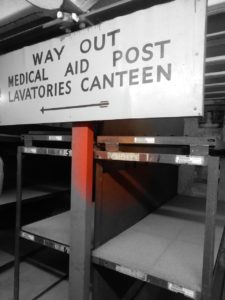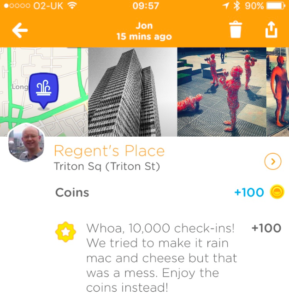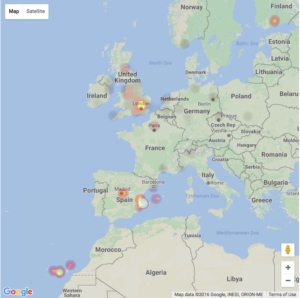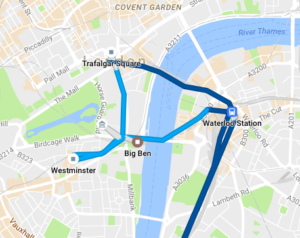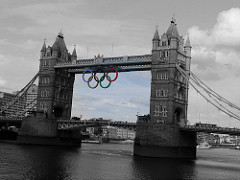Yesterday, as part of my #sols project, the sermon was the first part of my personal Japan holiday retrospective which covered my initial week in Tokyo.
If going to Japan had been a goal of mine for many years; riding the bullet train was a second aim and was a real highlight of the trip (even though you are really quite oblivious to the fact that the train is travelling at 162mph). That train, or Shinkansen as they are known, is part of a high-speed network that covers the country and runs – almost exclusively – on dedicated high-speed track. As a consequence trains are not delayed by other kinds of rail traffic and, generally, run to time. The phrase ‘to time’ Japanese-style seems to mean to the exact minute rather than the rather looser British version meaning ‘within five minutes’.
The Saturday lunchtime train took us to Kyoto for the second part of the Japan experience. We returned to Tokyo to spend the last day at Tokyo DisneySea; which really is a very different world.
Japan Vacation Retrospective Part 2: Kyoto
Photo of Day 7: Hikari Shinkansen: Bullet Train
I love travelling by train. There’s something inherently fascinating about locomotives, carriages, tracks and the networks that are formed from these things. So, I’ve always wanted to ride on the world’s original high-speed network: Japan’s Shinkansen. It’s amazing to think that trains that could reach speeds of 130 mph were introduced back in 1964 for the first Tokyo Olympics. I measured 162 mph today on the Shinkansen to Kyoto. Who knows what speeds they’ll reach for the next Tokyo Olympics in 2020; a line using maglev technology is already under construction and maglev trains have set the world record at 375 mph.
We rode the Hikari service on the Tōkaidō Shinkansen which runs through to Shin-Ōsaka & Okayama and is, apparently, the most heavily-used high-speed train line in the world. Hikari is the fastest service that accepts the Japan Rail Pass (which makes using Shinkansen much more affordable) so we lingered at some stations while faster Nozomi services passed on the dedicated high-speed lines. Amazing to think that the only thing that could delay our train was an even faster train. No delays on Chessington South stopping services or leaves on the line here.
But the running speed isn’t the only fast things about the trains. The turnaround time for our train today was less than 15 minutes after the set had arrived into the platform at Tokyo central station. Waiting patiently at a space for each door was somebody to clean, turn all seats 180 degrees to face the direction of travel and place new headrest covers on each seat. The efficiency of the teamwork is a sight to behold. The bow to the boarding passengers a pleasing part of the culture.
Apparently, Shinkansen changed the way business was done between major Japanese cities by making day trips possible where they hadn’t been practical before. I wonder if we’ll ever see similar between London & Scotland?
Photo of Day 8: Fushimi Inari Taisha
A Shinto shrine houses the spirits that are worshiped in the religion. As well as the dead, the spirits could be forces of nature or elements of the landscape. There are many sub-words for Shinto shrines in Japanese but the English language only has the one.
At the base of the Inari mountain is the Inari shrine; Inari being the spirit of commerce and industry (and also of rice). There’s a 2 hour hiking trail up the mountain, from the base at the main shrine, where you climb up through thousands of orange Tori that have been donated by Japanese businesses. On the accent the gates posts appear bare orange but on the decent you see the names of the companies that donated the Tori. It’s quite simple but also remarkably clever. I don’t know if it works as advertising or not.
Conveniently located near a railway station, this temple gets busy. But as you climb the crowd thins out. There are hundreds – maybe thousands – of small shrines on the way up. And a few shops and resting places. We made it about an hour up before deciding that we should head down to see some more of Kyoto.
In a city of temples this one really stands out.
Photo of Day 9: The Way of Tea
If my memory serves me well, you should brew a Yorkshire Tea teabag for between 4 and 5 minutes. You can leave it in the mug infusing until it’s a good strong ‘proper brew’. At work, I use the timer on my watch to make sure I brew for enough time otherwise it’s too weak and somewhat pointless.
Not so with the Japanese Way of Tea which takes a good ten minutes of ceremony to get to the first cup, and is served without milk or sugar but, generally, with some kind of sweet food immediately before the drink.
Using the Matcha green tea we’ve been enjoying throughout our trip, The Way of Tea is a quiet, thoughtful process of precisely using the tea-making implements (linen cloth, tea bowl, ladle, caddy and the whisk) to prepare the perfect cup (70 centilitres of water at 80 degrees Celsius). Apart from memorising the correct sequence and placement of the utensils, whisking the Matcha powder with the water correctly to prevent bitterness is a real skill.
Hanging scrolls and flowers decorate the room and the host, perfectly attired in traditional kimono, pays respect to both the tea and the invited guests who, in turn, reciprocate with appropriate bowing. Apparently, following the preparation of the tea there’s polite conversation where controversial topics are avoided and the chatter is more about the heritage of the tea-making equipment.
Mastery of The Way of Tea, learnt in special schools, can take ten to fifteen years but, in the end, what you get is a beautiful art form and the perfect cuppa.
Photo of Day 10: Ryokan
I was expecting Japan to feel stranger, more alien to me, than it turned out to be. I assume this is because Tokyo is a major world city that exhibits the characteristics of such a sprawling urban mass: and that turns out to be quite familiar. Plus, many of the signs are in recognisable (and, therefore, easily readable) Roman characters and there’s a Starbucks wherever you turn.
Kyoto was a little different; a smaller city with narrower streets, what seemed like a temple on every street and, it seemed, more people in traditional dress. It was also the place we stayed in a more traditional Japanese Inn, a ryokan. Although I think the one we stayed in was straight out of the 1950s rather than 1650, it was simple with a tatami-matted room, public bath and basic facilities (if you count air conditioning and wifi as basic). Sitting on a cushion on the floor, sleeping on a mattress rolled onto the mats & drinking green tea is probably a tourist stereotype but it made for a different way of doing things and was unlike any hotel I’ve ever stayed in. I’d recommend it: even for a few days, if your knees can cope.
Photo of Day 11: Disney Resort, Tokyo
When planning the Japan trip, there was a full day in Tokyo following the return train journey from Kyoto and before the flight home. Somehow, and I am not sure I recall how we came to this decision, we decided to visit the Disney parks in Tokyo.
In many ways this was an odd thing to do. Disney is the undisputed global king of the theme park but, surely, the experience is identikit and it would be a waste of a day that could otherwise have been used for more authentic local experience.
In the end I am glad we did. Aside from being quintessential Disney there are some subtle differences that we would have missed if we’d done something else. Plus, of course, it’s a theme park with enough rides and queues to fill several days.
There are two parks, Tokyo Disneyland, which I imagine is from the ‘how to build a Disneyland’ manual. And the nautical-themed Tokyo DisneySea which, according to its Wikipedia entry, was the fastest theme park in the world to reach the milestone of 10 million guests.
Apart from the fact that Disney doesn’t have another park like this one (although many of the major attractions do appear in other places), the most subtle difference can be seen the enthusiasm of the guests for all the Disney characters; for some reason I noted a lot of Donald Duck fans. And this is from visitors of all ages. It would be natural to expect the kids to jump with joy with an unexpected Chip & Dale encounter but not so much their fathers. Almost everybody was wearing a Disney character about their person; there’s a factory somewhere churning out thousands of pairs of Mikey ears for each day. And what makes it most interesting is that the enthusiasm is infectious. It really is a happy place.
A fun ending to an amazing trip.
More Japan
The first pictures from my trip were posted yesterday. I think there’s another couple of Japanese posts: a summary and my Instagram pictures. All to come.
